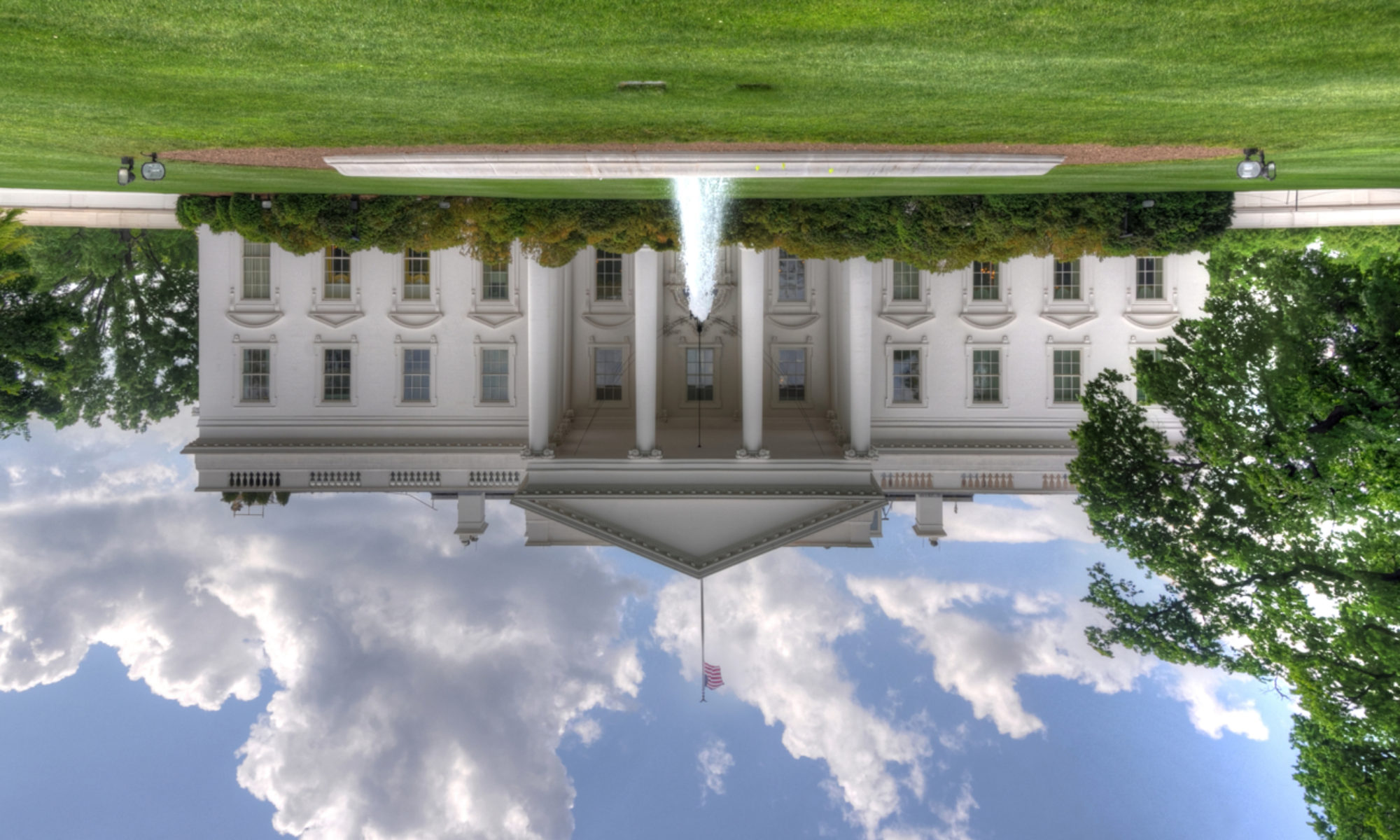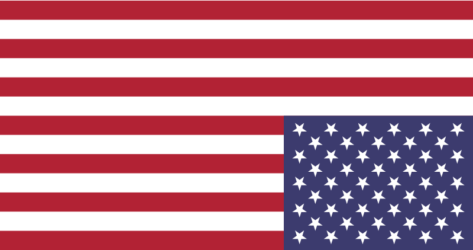This weekend, the world learned that a Russian intelligence unit was offering Taliban militants bounties on coalition troops, including Americans, in Afghanistan. We also learned that the Trump administration knew about it as early as January of 2019. The White House is scrambling to create its narrative around why no one in the Trump administration considered this intel to be grave enough to warrant further action by America’s Commander-in-Chief.
After the story broke in the New York Times, Trump did not address the information immediately, but instead went golfing.
On Sunday, he took to Twitter in an effort to slither out from under any personal responsibility, claiming he hadn’t previously been briefed on the information.
“Nobody briefed or told me, @VP Pence, or Chief of Staff @MarkMeadows about the so-called attacks on our troops in Afghanistan by Russians, as reported through an ‘anonymous source’ by the Fake News @nytimes,” Trump tweeted on Sunday morning.
On Sunday evening, Trump tweeted, “Intel just reported to me that they did not find this info credible, and therefore did not report it to me or @VP. Possibly another fabricated Russia Hoax, maybe by the Fake News @nytimesbooks, wanting to make Republicans look bad!!!”
Trump didn’t ask why no one had briefed him. He didn’t express outrage that rewards had been offered for special attacks on American soldiers; he didn’t denounce Russian president Putin; he didn’t try to verify the information or proclaim that he wanted to get to the bottom of this piece of news that would be upsetting to the loved ones of soldiers stationed in Afghanistan; he didn’t show any concern for the safety of American troops.
As with his response to the coronavirus pandemic, Donald Trump is not concerned about the lives of Americans that have been lost or that may be currently in danger; he’s concerned with how the news makes him look. This, to him, is nothing more than another plot to make him look bad. And Trump looks very bad.
Most parents wouldn’t let their teenager use “I didn’t know about it, so don’t blame me,” as a valid excuse to avoid consequences; it’s never an acceptable device for a president of the United States. Senator Tammy Duckworth (D-Ill.) in a floor speech on the topic on Monday said that in this case, “ignorance isn’t exculpatory.”
“’No one told me’ is not an excuse for a commender in chief. It is in fact a confession of incompetence.”
On Monday, in response to questions about why, if it was true that the president hadn’t known about the bounty plot against American soldiers, no one had briefed him, White House Press Secretary Kayleigh McEnany responded that the intelligence hadn’t been verified, and so was not included in a presidential briefing.
“There is no consensus within the intelligence community on these allegations,” McEnany said, adding there were “dissenting opinions” on the intelligence assessment.
Typically, a president of the United States is immediately notified of any possible threat to US troops. If what Kayleigh McEnany said were true, it would mean that White House officials were mulling over this urgent piece of intelligence for months. They took no action.
Perhaps White House officials didn’t trust the president with the information. Some reports say that senior White House officials saw Trump as a danger to national security. Perhaps they feared that Trump would tell Putin, Putin would deny it, and Trump would double down on his pandering to Putin. Or perhaps they were afraid to brief Trump because of their experience with his unhinged responses to other situations that might cast him in an unfavorable light.
According to political columnist David Ignatius, who did further research that confirmed the claims in the New York Times’ story, “(The Pentagon was) pounding on the door of the White House NSC operation, urging that the White House address the intelligence surrounding Putin’s bounty plot. But, says Ignatius, “One of the things I’ve watched with this administration is a growing fear of telling the boss the truth. Because the boss will go nuts, and he’ll be angry at you, or he’ll fire you…We saw this again and again in his interventions in military issues. …The president goes ballistic if he gets news he doesn’t want to hear.”
On Monday, it was confirmed that the intel about the plot had been included in the president’s daily briefing, at least once. He may just not have bothered to read it. While Donald Trump was praising Putin and encouraging him to rejoin the G7, Putin was offering money to the Taliban to kill American soldiers.
This year alone, our president has ducked leadership as the coronavirus has become a pandemic. He can’t be bothered to sort out opportunistic “thugs” from peaceful demonstrators (or acknowledge the systemic racism they’re protesting). It’s simply too much to ask, then, that we should expect Trump to show up in any way for American soldiers or for our national security, though he does manage to show up for the world’s despots.
If Donald Trump just didn’t read the briefing about Putin’s bounty plot and was consequently unaware, he is incompetent. If senior officials avoided orally briefing him out of fear of his response, it demonstrates Trump’s instability, indicates the depth of dysfunction of this administration, and makes a frightening statement about the tenuous state of our nation’s security. If he knew, and did nothing, it means he made the conscious choice to allow the lives of U.S. service members to be at risk. None of these options indicates a president who is in any way fit for office.
Trump denies knowledge of Russia bounty plot | Reuters [2020-06-29]
Outrage grows over Russian bounties | ABC News [2020-06-28]

